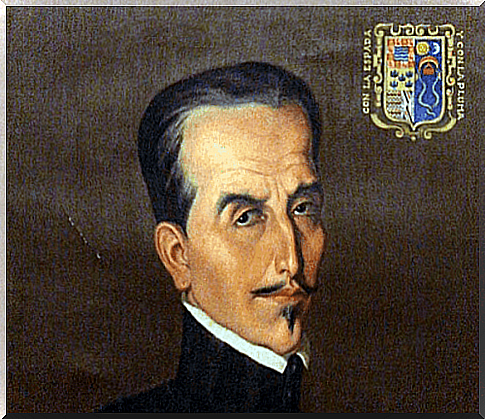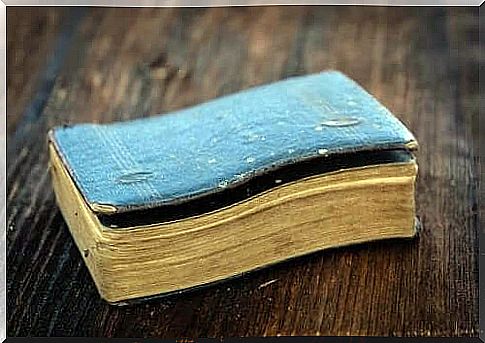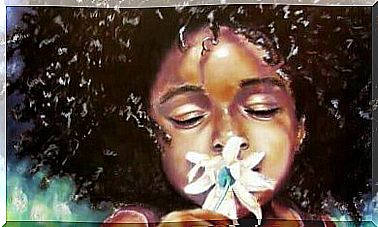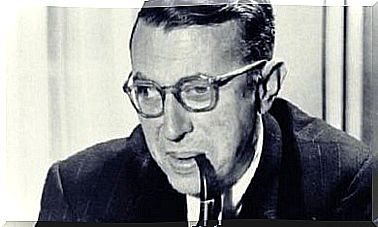Garcilaso De La Vega: Father Of Peruvian Literature

In this article we are talking about Garcilaso de la Vega. Every year on April 23, we celebrate World Book Day, in honor of April 23, 1616. Many people think that this date is so important because Miguel de Cervantes and William Shakespeare died on this day.
However, Miguel de Cervantes died a day earlier and was buried on the 23rd. Shakespeare did die on the 23rd, but according to the Julian calendar used by the British at the time, he actually died on May 3.
There is, however, a prominent author who died on April 23, 1616: the Peruvian author Garcilaso de la Vega. This author was the son of a Spanish conqueror and an Inca princess from the Huayna Capac and Topa Inca Yupanqui family.
He was not only a descendant of royalty and warriors, but also great writers such as Jorge Manrique, the Marquis of Santillana and Garcilaso de la Vega. He was actually born under the name Gómez Suárez de Figueroa. He later changed his name to honor his ancestors.

The childhood of Garcilaso de la Vega
Despite Garcilaso’s illustrious family history, he was born in a difficult time. His father was one of the first Spaniards in the Americas. He entered the continent together with famous men such as Pedro de Alvarado, Hernán Cortés and the Pizarro brothers.
At the time, it was illegal to marry native people of the New World. So Garcilaso de la Vega was actually an illegitimate child. Despite this, he still enjoyed an excellent education in Cuzco along with other illegitimate children from important families. Historians believe that his love of literature was born during his early school years.
In 1560, when Garcilaso was 21 years old, he made a trip to his father’s homeland. He joined the army and fought as a captain in battles in Italy. He also helped fight the Alpujarras uprising in Granada.
While in Italy, he met the Neoplatonic philosopher León Hebreo and translated his text Dialogues of Love from Italian to Spanish.
Perhaps it was this encounter with writing that inspired him to become an author. Or maybe the obstacles he faced in the military as mestizos frustrated him, so he decided that writing would bring him more happiness. Anyway, the decision to become a writer completely changed his life.
Garcilaso de la Vega, the mestizos
After surviving his military adventures, Garcilaso settled in Montilla, Córdoba. During this time he became one of the most unique voices to write in the Castilian language. Through his father and his personal experience, Garcilaso was very knowledgeable about things that happened in the early years of the Spanish conquest of the Inca Empire.
While in Europe, he also received news of Hernando de Soto and his men in a new country they called “La Florida.” Like many of his contemporaries, Garcilaso also wrote about these events. What set Garcilaso apart from the rest, however, was his parentage.
Thanks to the many stories his mother told him, he was familiar with Peru’s glorious history before the conquest. Growing up with different cultures, stories and languages, Garcilaso’s writing style was truly unique.
Ironically, what hindered him in so many ways in his life is also the reason we remember him today. Few authors have been able to capture the romantic heroism that motivated Castilian explorers.
There is no doubt that these epic stories carry a lot of tragedy, and the image Garcilaso de la Vega had of pre-Colombian Americans is certainly tragic and memorable.
The Father of Ibero-America
Luck made Garcilaso a pioneer. Although he was not the first American mestizo, experts do consider him the first cultural mestizo.
It is clear from his lyrics that he understands that the history of these two conflicting cultures is also his personal story. He portrays himself neither as the son of the conquerors nor as the son of those who were conquered. Instead, he writes as the proud offspring of both worlds.
At the heart of his lyrics is the contradictory yet compatible soul of a new kind of nation born in Spanish territories. It was the soul of Latin America, the soul of the mestizos.

The work of Garcilaso de la Vega
If we focused only on Garcilaso’s unique voice, we’d be failing his writing skills. Garcilaso’s prose is of the same standard as the best authors of the Golden Age. He knew Luis de Góngora and Miguel de Cervantes personally, which certainly made him love his mestizo background even more.
He did not write his most important texts until later in life. This at least partly explains his conservative and reflective style. Moreover, his love of philosophy gave his writing a transcendental quality.
For Garcilaso, being a mestizo was an obstacle he had to deal with for most of his life. Fortunately, however, in his old age he learned to see it as a source of pride.
Ultimately, his life is an excellent metaphor for all of Latin America. Garcilaso was recognized for his work before he died. And it seems more than appropriate that he shares the April 23 date with two of his heroes.









